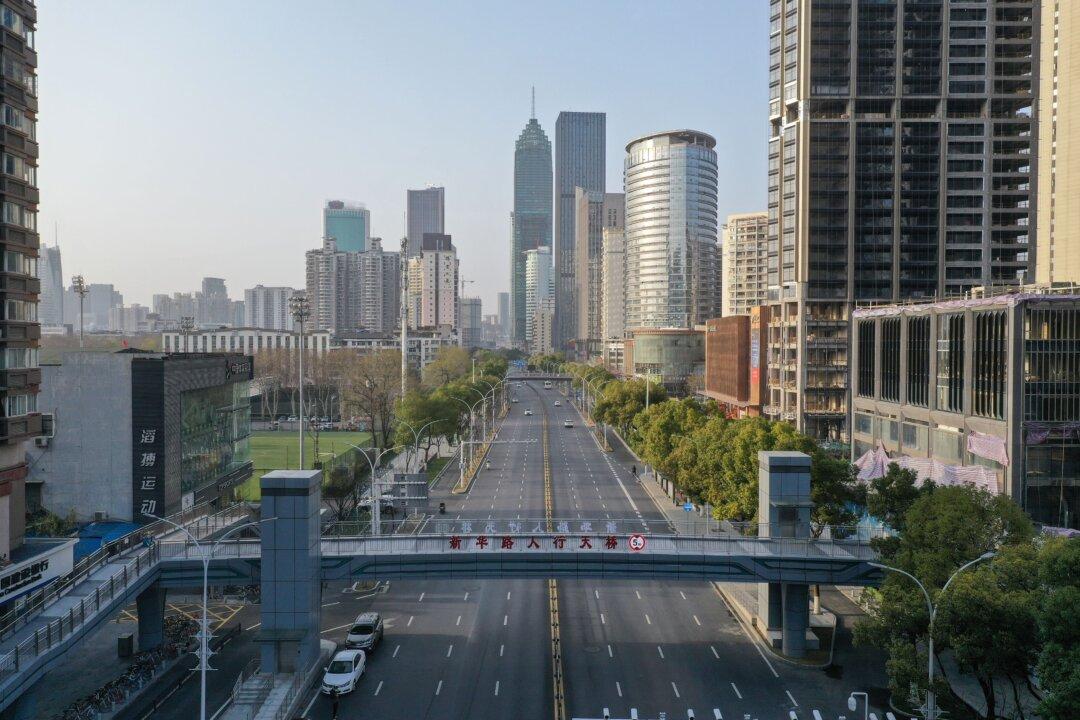Five local governments within Hubei province, where the novel coronavirus outbreak in China is most severe, announced that lockdown measures would be partially lifted.
On March 12, the cities of Qianjiang, Jingzhou, and Shishou, and the counties of Gong’an and Zhuxi, announced that they would allow limited travel and resumption of business activities.





